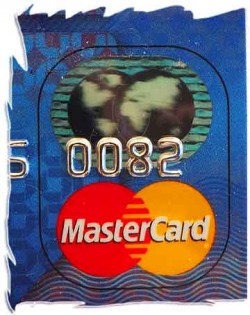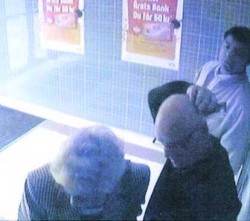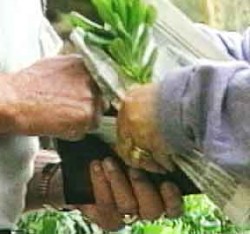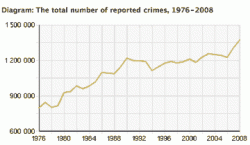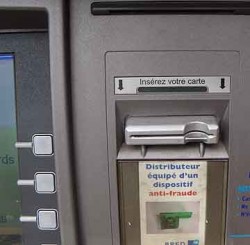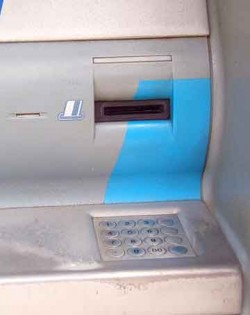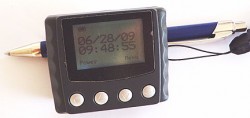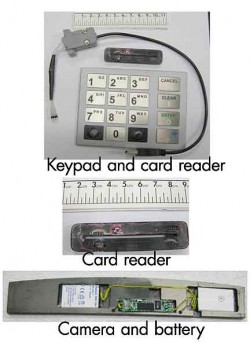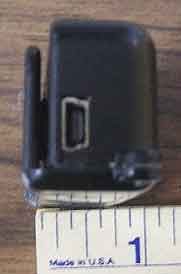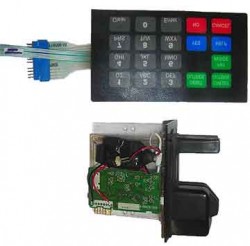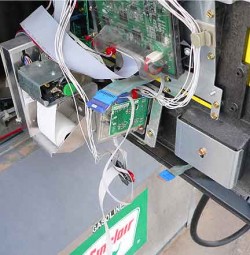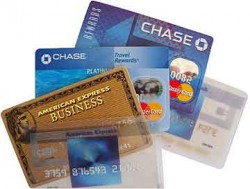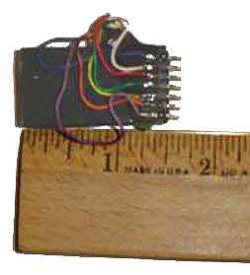
A reader wrote of an ATM experience which, soon after, led to $9,000 in fraudulent withdrawals. He was abroad, but this happens at ATMs everywhere; and so frequently that I think it’s worth posting as a reminder.
As I was using an atm at a money exchange kiosk, I received the cash I wanted but was unable to get my card back. The man in back of me told me I had to enter my pin number again in order to have the card returned. He even reached in front of me and hit some buttons and told me to enter my pin. I did so and after a slight wait, the card came back. The experience was unsettling because I had never heard of entering a pin number a second time to get your card back after a transaction and no one had ever brazenly reached in front of me to assist me at an atm. Since I received my cash and finally my card, I felt everything was fine. But that was the day the mysterious withdrawals began.
I called my bank as soon as I realized there was a problem. The woman I spoke with immediately closed the credit card account linked to my atm card. Within a couple weeks, the bank had deposited the total of the disputed withdrawals into my account.
There are two essential goodies the card fraudster needs: the info on your card and your PIN. Info on the card can be gained in many ways. A snapshot can be taken of it with a cellphone camera, an imprint can be made, or a skimmer can be attached to the ATM itself. Nowadays, skimmers can be tiny and imperceptible. The vital PIN can be easily obtained by the crafty thief’s strategy. The example above is a classic: the false samaritan. The fraudster offers help in order to gain what he needs. Sometimes these “samaritans” even make cellphone calls to helplines, handing the phone to the mark; but the person on the other end of the phone call is the fraudster’s colleague, who pretends to be a bank official.
To protect against these scams, first, don’t use an ATM that looks suspicious in any way. Unfortunately, they usually don’t look suspicious, even if they’ve been tampered with. Second, shield your PIN with your hand as you enter it. A wireless video camera may be mounted to capture the entry of your PIN. The illicit video camera, which is only the size of a sugar cube, might be in front of you, so your body won’t block it. Use your hand. Third, if your card gets stuck, get suspicious! Do NOT accept help from a stranger. Walk away from the card if you must, but do not give up your PIN. And lastly, always suspect the stranger who enters your personal sphere. That’s just not natural. He or she is after something—of yours!
It’s sad that we must suspect a friendly stranger, but a look at identity theft statistics is enough to convince anyone that it’s better to be safe than sorry. Ruthless, creative scammers specialize in benevolence, and they’re darn convincing. CONvincing, as in gaining your CONfidence. That’s why they’re called CON artists!

